Mucus Hypersecretion in Respiratory Disease
Chair's Introduction (C. Basbaum). Epidemiological studies in mucus hypersecretion (J. Vestbo). Post-secretory fate of host defence components in mucus (M. Salathe, et al.). Mechanisms of submucosal gland morphogenesis in the airway (M. Filali, et al.). Mucin-producing elements and inflammatory cells (P. Jeffery and J. Zhu). Respiratory tract mucins: structure and expression patterns (J. Davies, et al.). Development and validation of a lectin-based assay for the quantitation of rat respiratory mucin (A. Jackson, et al.). Regulation of mucin secretion from in vitro cellular models (C. Davis). Oscillations of pH inside the secretory granule control the gain of Ca2+ release for signal transduction in goblet cells exocytosis (W. Chin, et al.). A calcium-activated chloride channel blocker inhibits goblet cell metaplasia and mucus overproduction (Y. Zhou, et al.). Mechanisms by which Gram-positive bacteria and tobacco smoke stimulate mucin induction through the epidermal growth factor receptor (EGFR) (C. Basbaum, et al.). Non-allergic models of mu cous cell metaplasia and mucus hypersecretion in rat nasal and pulmonary airways (J. Harkema and J. Wagner). Cytokine regulation of mucus production in a model of allergic asthma (L. Cohn, et al.). The role of apoptotic regulators in metaplastic mucous cells (Y. Tesfaigzi). Current and future therapies for airway mucus hypersecretion (P. Barnes). Clinical evaluation of new therapies for treatment of mucus hypersecretion in respiratory diseases (B. Disse). Final general discussion. Index of contributors. Subject index.
{{comment.content}}


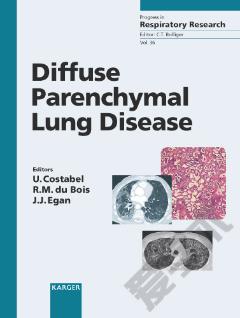
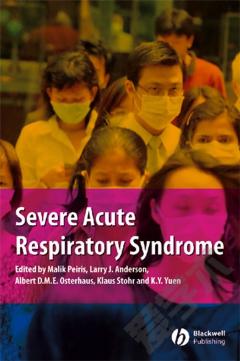
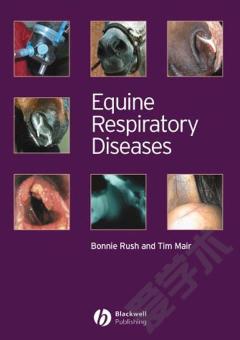
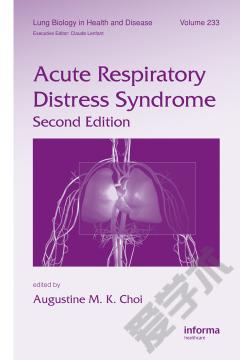
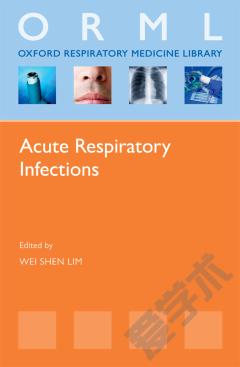

 京公网安备 11010802027623号
京公网安备 11010802027623号